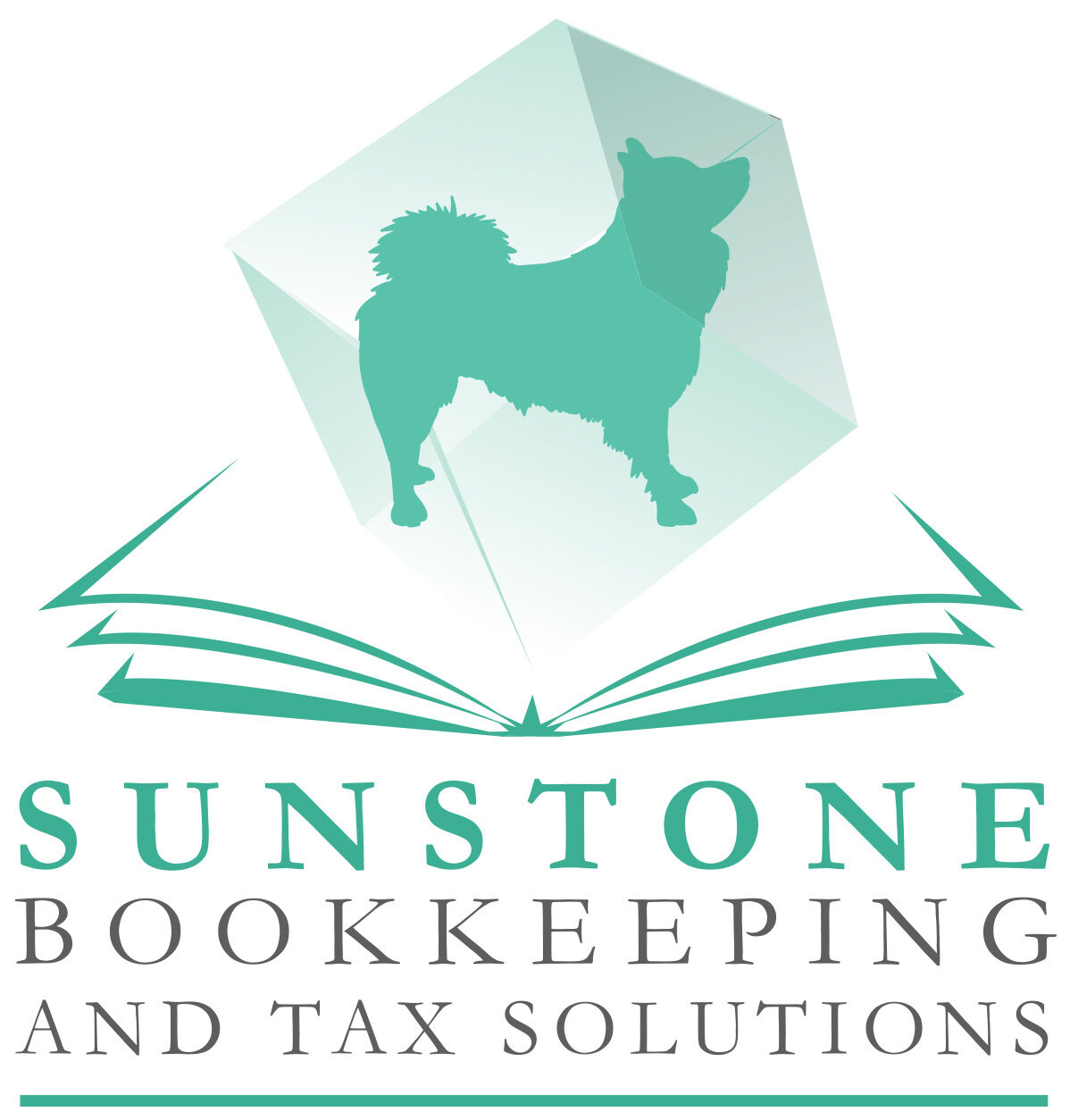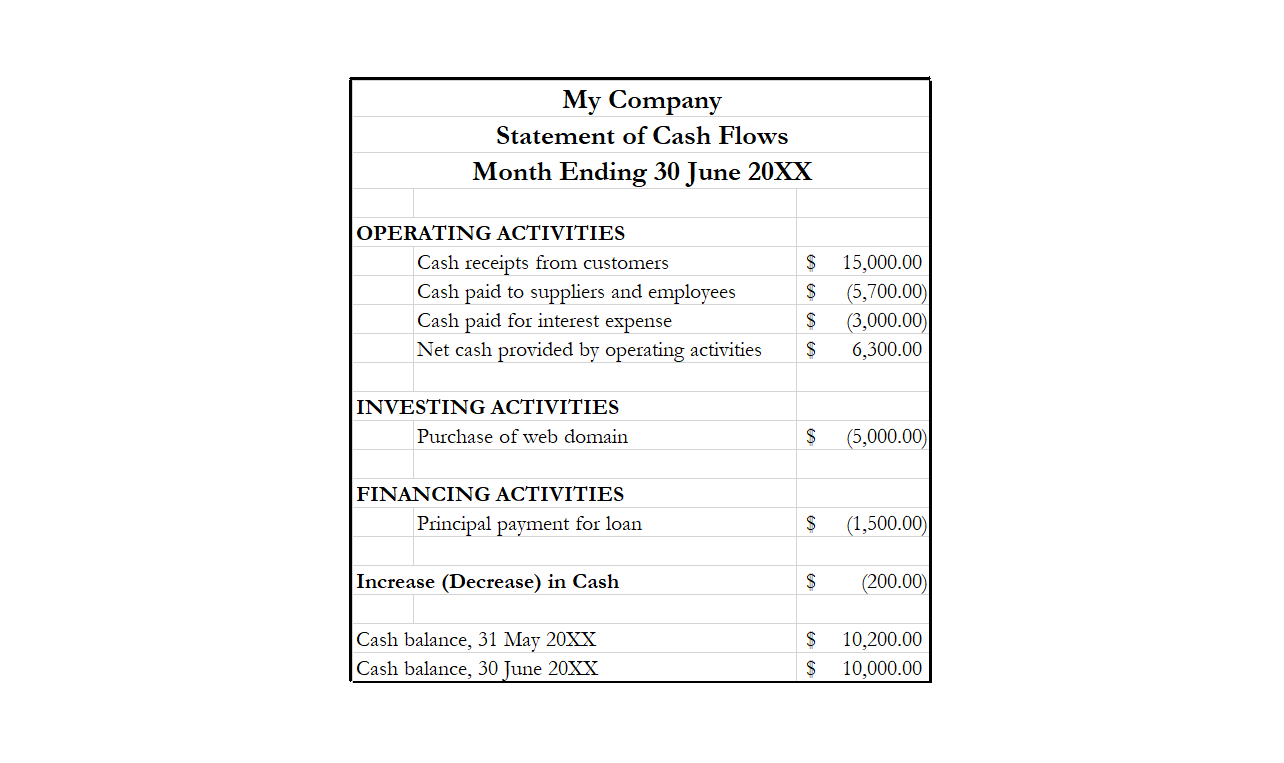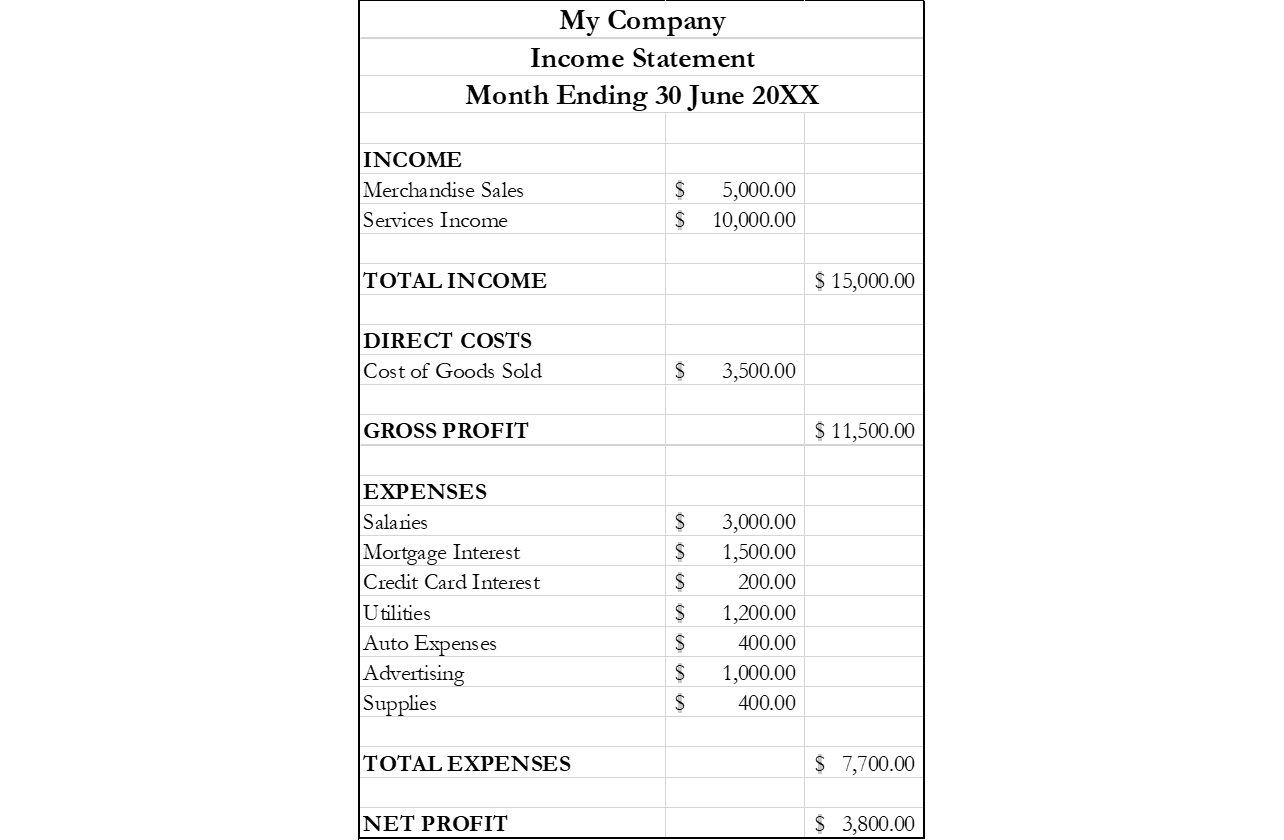Computing in the Cloud – Clear Skies for Your Data
“So, I’m reading a lot about cloud-based storage and bookkeeping, but how does it work? And is my data really safe?”
Folks tend to get nervous when they hear about “the cloud”. An image of some nebulous (see what I did there?) ethereal world where data floats around aimlessly and can be accessed by anyone with a computer comes to mind (the recent scandals involving not-so-tame celebrity photos, for example) .
However, cloud storage refers to companies that own and manage servers that store data for the price of a subscription fee so users can access their data securely from anywhere with an internet connection.
What does this mean for you and your business’s financial data? Many, many good things:
- You are no longer bound to a single computer to access your data. Now I know you’re thinking, “But I’m part of the mobile computing age – I own a notebook computer!” If you get a new notebook computer but are still using only hard drive software and storage, you still need to move the data from the old computer to the new one, which takes time and/or money. With cloud-based bookkeeping and file storage, you are good to go almost as soon as you turn on the new computer.
- Your software is always up to date. Installing a new software upgrade package is also costly and time-consuming. Cloud-based bookkeeping software is updated regularly by the developers, so you’re always working on the latest version without waiting for installations.
- Your data is secure in the cloud. That notebook computer you bought to be part of the mobile computing age can get damaged or stolen. Your data becomes either completely inaccessible or, worse, accessible by a criminal. Yes, you should always research any cloud-based storage company before signing on to ensure they use multiple layers of protection and offer security measures such as two-step verification or zero-knowledge encryption. But when you use a reliable cloud-storage platform, your data is safer there than putting it on a thumb drive in your briefcase (which, by the way, can also get damaged or stolen.)
- You can share your data more safely. Let’s face it, you probably send emails with attachments like reports and documents full of sensitive information more often than you want to admit. However, email interception and email database hacking has made the news often enough that my teenage daughter was worried about emailing photographs of her new kitten to her grandmother. Cloud-based applications and storage systems allow you to share files with specific users on a read-only basis, and even with optional password protection. Plus, you can track who has worked with the file and see when it was changed … much easier than trying to chase down the most recent file version by email.
In short, cloud-based bookkeeping and data storage should be embraced, not feared. Save your worry for the clouds that could drench your laptop if you walk around carrying it without a case.


